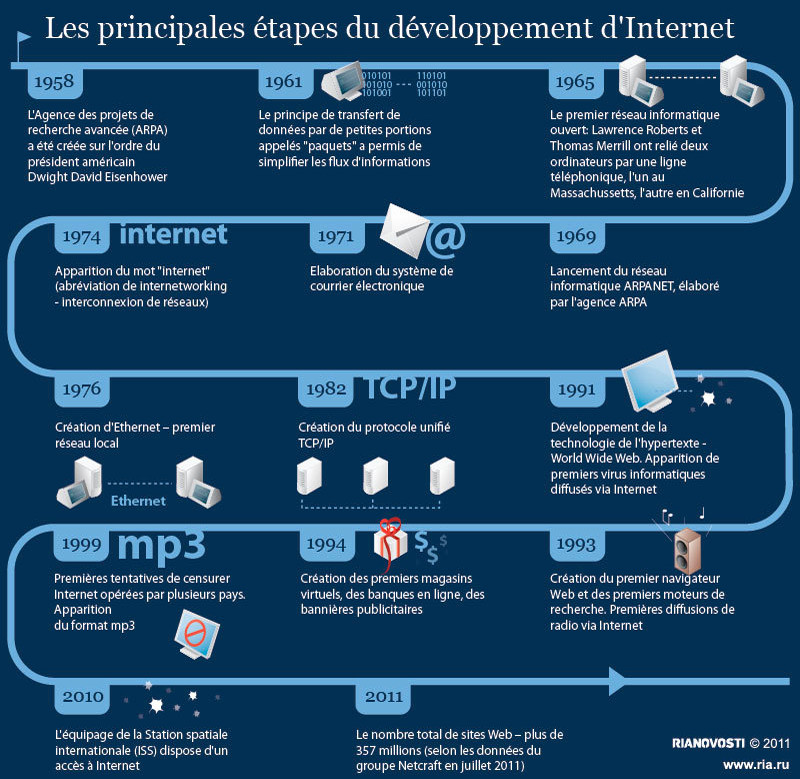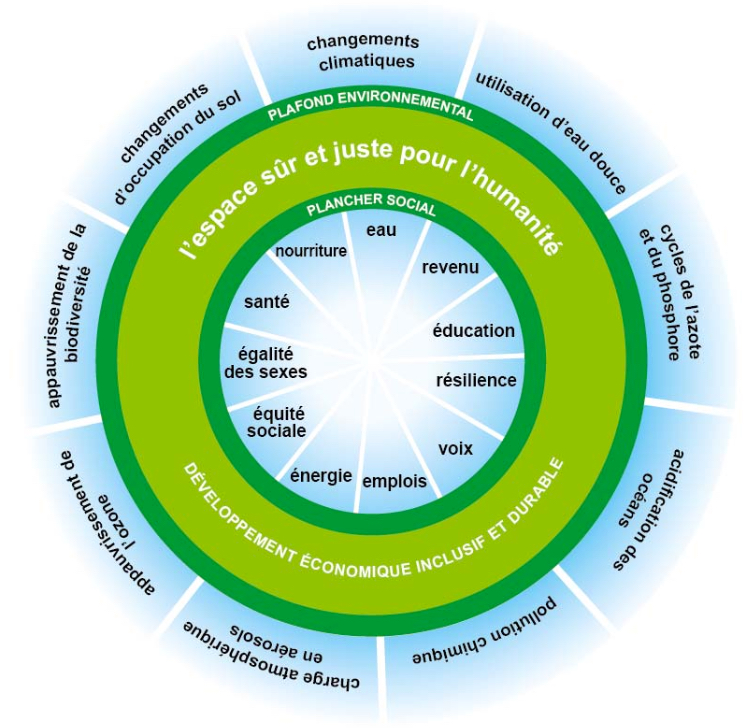Smart reflection on the digitization of territories
A computer story
Let’s take a moment for a Smart reflection on the digitization of territories.
From the 1980s, IT moved into the professional and personal world, computers became widespread and became an essential productivity tool in most professions. At the end of the 90s, it was the turn of the Internet to become more democratic, to arrive in homes and businesses around the world. We can talk about the globalization of information, but it is above all a revolution in terms of exchange and data transfer speed that is taking place. Computer science knows Moore’s law, an engineer at Intel, which relates to the evolution of computer power and the complexity of computer hardware, which is gradually becoming widespread in the exchange rate of data flows for the Internet.
But with all this, customer behaviors and marketing methods are changing. Online shopping took its first steps in 1994 in the United States and websites multiplied and customers demanded faster speeds. From the old 56k modem that sounded like a telephone line to fiber optics, from fax to email, the world of telecommunications has changed in twenty years and so have customer habits.
But these evolutions had layers, one cannot see the Internet without thinking of a data library. The great computer theorists will even give a name to these different layers. Dale Dougherty from O’Reilly, a computer book publishing company in 2003 will talk about Web 2.0 to discuss the evolution of the Web towards interactivity through an internal complexification of the technology but allowing more ease of use . It is the social Web, which has become widespread with the phenomenon of blogs, and finally with social networks.
This will be followed by the futuristic notion of Web 3.0, which tends to develop a number of tools and services to meet the increasingly strong needs of Internet users. Some authors insist on the collaborative nature of Internet 3.0. This is the case of Rudy Provoost who makes the analogy between energy and the digital economy: “1.0 was the first age of the internet, the reception of information; 2.0 is content sharing; and 3.0 is the next step with the Internet of Things. Applied to energy, this translates as follows. Energy 1.0 is the supply of energy; 2.0 is smart distribution, we’re getting there; and 3.0 is when consumers become masters of their own energy. »
All these data libraries need storage, so this is the role of databases. But in twenty years, each structure doing its part, has accumulated a certain amount of data disseminated in its professional ecosystem. It is therefore now necessary to standardize all this data in order to optimize the work efficiency of operators and make it possible to provide finer information to the public or to business experts.

In terms of Tourism
In the age of Web 3.0, tourism is also undergoing a revolution under the influence of start-ups which are inventing new applications and innovative services dedicated to both individuals and professionals. Tourism is indeed one of the sectors that has been most strongly impacted by the evolution of tools, uses and digital content. Today we distinguish between e-tourism (tourism and the web), m-tourism (mobile tourism via smartphones or tablets) and social tourism (the use of social networks for tourism). Today, almost eight out of ten tourists prepare their holidays on the Internet, and one out of three stays behind their screen to buy their stay. Faced with digital evolution, tourism professionals have no choice but to adapt.
Digital: a factor of attractiveness for the territories
Tourism represents one of the major forces of attractiveness of the territories and, consequently, a powerful lever of their economic development. It is also a sector where information and communication technologies (ICT) play a decisive role. Digital uses are multiplying and giving rise to new practices, new needs and new modes of consumption.
Tourism is no longer experienced as before.
To remain competitive, tourism players must therefore adopt a proactive attitude towards digital technology. They must interest, satisfy, to make tourists want to promote their destination: in short, create a link! This is one of the advantages of digital technology which invites you to travel, makes the visit attractive, and simplifies life for the tourist: a very wide range of possibilities! According to the DGCIS, the evolution of digital tourism can be summed up in one term: “SO-LO-MO”: SOcial: From now on, the tourist wishes to participate actively in the promotion of a tourist product and to become an ambassador for it in his community,LOcal: What to do, where I am, when I am there? The tourist offer, geolocated, must be accessible and consumable immediately, MObile: Exploit all the functionalities of the mobile in order to facilitate travel, increase the consumption of tourist products and enrich the experience on site.
Laurianne Le Paih in the Journal du Net – June 2014

A new form of attractiveness
A Smart reflection on the digitization of territories.
Joël Gayet, Founder of the Attractiveness and New Territorial Marketing Chair of the Institute of Public Management and Territorial Governance, says on the subject
“It is absolutely necessary to approach tourism marketing, at least at its strategic level, through transversality, and today this bias is in the process of imposing itself everywhere. Tourism is increasingly integrated into global attractiveness strategies. The context in which tourist destinations find themselves has completely changed in a few years: explosion of supply and hyper-competition (supply multiplied by three according to the UNWTO by 2025 when demand will be multiplied by two), slowdown in consumption, acceleration of crises, climatic and ecological problems, rise in power of metropolises, reduction in the budgets of local authorities, individualization, expectations of meaning and search for experiences strong emotions of customers and of course the advent of the Internet, social networks, mobility tools and data, leading in particular to a seizure of power not only by customers but also by citizens and employees. Basically the relationship with the customer, but also with the citizen, has completely changed and this is the essential point. The best in the world have not simply evolved their marketing, they have flipped the table to adapt to this new context resulting in new practices, new organizations and new marketing models. »
This is where the need for the Smart City project arises, cross-functionality.
The Alps agency accompanies throughout the year a good number of territories in their strategies or their reflections that make the difference. Do you want to know our references? Contact us
You wish to organize a conference on this theme, contact us too, we will analyze your needs together.
You can read all the other articles of the Alps Agency in the Blog section and discover all the services we can offer you.
This article was written by François Veauleger




